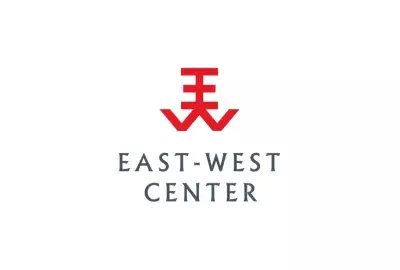Error message

This working paper is superseded by an article published in the Asian Journal of Agricultural Extension, Economics & Sociology:
Tran, C. C., & Yanagida, J. F. (2015). "Computational Economic Analysis of Duck Production at the Farm Household Level in the Context of Highly Pathogenic Avian Influenza Subtype H5N1 in the Red River Delta, Vietnam". Asian Journal of Agricultural Extension, Economics & Sociology, 6(4), 172–184.
http://doi.org/10.9734/AJAEES/2015/17778
Occurrence of the Highly Pathogenic Avian Influenza subtype H5N1 usually results in the complete loss of the producer's entire flock due to high mortality rate and stamping out conducted to contain the virus. This study explores the expected economic impacts of HPAI H5N1 on smallholder duck producers in the Red River Delta of Vietnam. A conceptual model is developed to describe how a producer responds at each week of duck production to maximize profit and evaluate expected profits/losses of the producer in light of HPAI H5N1. The results suggests that in the case of no disease occurrence, the optimal time to sell ducks is at week 10 of the production cycle when ducks reach the age of 8 weeks. Maximum profit gained is US$805 for a producer with an average flock size of 794 ducks. However, the producer would suffer serious losses once the disease occurs. The expected investment loss is far higher than the maximum profit received at each production cycle and is estimated to be 3 times higher (US$2665.19 expected loss vs. US$805 maximum profit).
This working paper is superseded by an article published in the Asian Journal of Agricultural Extension, Economics & Sociology:
Tran, C. C., & Yanagida, J. F. (2015). "Computational Economic Analysis of Duck Production at the Farm Household Level in the Context of Highly Pathogenic Avian Influenza Subtype H5N1 in the Red River Delta, Vietnam". Asian Journal of Agricultural Extension, Economics & Sociology, 6(4), 172–184.
http://doi.org/10.9734/AJAEES/2015/17778
Occurrence of the Highly Pathogenic Avian Influenza subtype H5N1 usually results in the complete loss of the producer's entire flock due to high mortality rate and stamping out conducted to contain the virus. This study explores the expected economic impacts of HPAI H5N1 on smallholder duck producers in the Red River Delta of Vietnam. A conceptual model is developed to describe how a producer responds at each week of duck production to maximize profit and evaluate expected profits/losses of the producer in light of HPAI H5N1. The results suggests that in the case of no disease occurrence, the optimal time to sell ducks is at week 10 of the production cycle when ducks reach the age of 8 weeks. Maximum profit gained is US$805 for a producer with an average flock size of 794 ducks. However, the producer would suffer serious losses once the disease occurs. The expected investment loss is far higher than the maximum profit received at each production cycle and is estimated to be 3 times higher (US$2665.19 expected loss vs. US$805 maximum profit).
East-West Center Working Papers: Environment, Population, and Health Series






